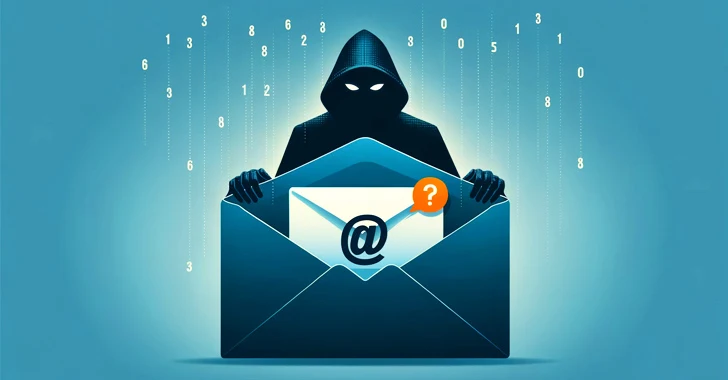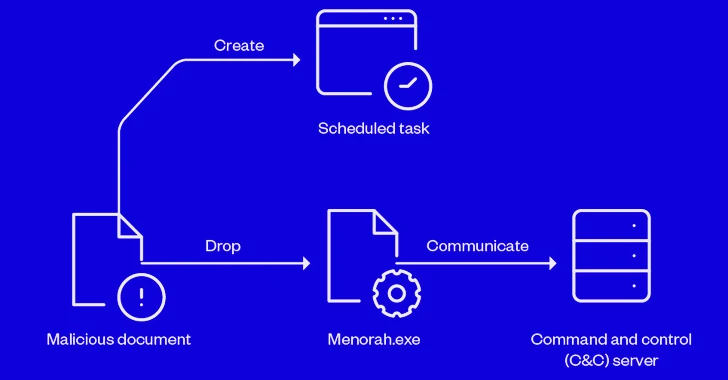Being the president of a Fortune 500 company is something many people aspire to be. The perks of the position go beyond the wildest dreams and are often highlighted in many Hollywood films. But being the CEO of a large company isn’t all fun and games: CEOs have access to confidential company documents and the entire list of company employees and their data. One wrong move on your computer, and you could be the victim of a whaling attack.
What Is Whale Phishing? — Whaling Definition
Whale phishing, or a whaling attack, is a highly-targeted cyberattack that focuses on targeting CEOs and executives of a company. The attack’s goal is to steal confidential data like company trade secrets, customer information, or employee databases.
Cyber attackers can use these confidential documents to ask for ransom or use it for other malicious activities. In the wrong hands, these documents can ruin a company’s reputation or completely stop operations altogether.
What Is Whale Phishing? — The Differences Between Whaling Attacks and Phishing and Spear Phishing
A whaling attack is a specialized kind of phishing and is different in the way it is crafted and distributed to the specified target.
Phishing, in general, is a cyberattack that targets a mass audience. It uses language that convinces a large number of people to click a malicious link to receive an offer. Phishing is usually distributed as a spam email or an email blast.
Spear phishing is another kind of specialized phishing but targets a specific person. This phishing attack aims to collect personal information, like the person’s bank account details and personal contacts. It’s much more targeted than a phishing attack and has a small-scale aim. Spear phishing can be done via email or a direct message in messaging platforms.
Whale phishing has a very specific target and is a high-scale attack. Cyber attackers pick high-ranking company officers, like the CEO or the company president. Their target hastop-level access in the company’s network or is a key person in decision-making activities. The attack aims to steal large amounts of sensitive data that could impact the company’s employees or customers. Another aim is to motivate targets to do something that could damage the company, like initiating a million-dollar wire-transfer.
Whaling attacks are usually done by sending a fake email impersonating an employee who reports to the target, or vice versa. Some use underhanded tricks like sending a fake billing from a service provider connected with the company.
What Is Whale Phishing? — How to Stay Protected Against a Whaling Attack
A successful whaling attack could cost companies millions of dollars and the trust of its clients. Companies who want to safeguard their reputation should put up protocols and policies that would protect its top management from whale phishing.
Installing endpoint security tools and next-generation anti-viruses and implementing email security protocols are a few ways to protect the company from a whaling attack. Also, educating company executives and managers on phishing attacks will help them avoid becoming victims of phishing emails.
Related Resources:










